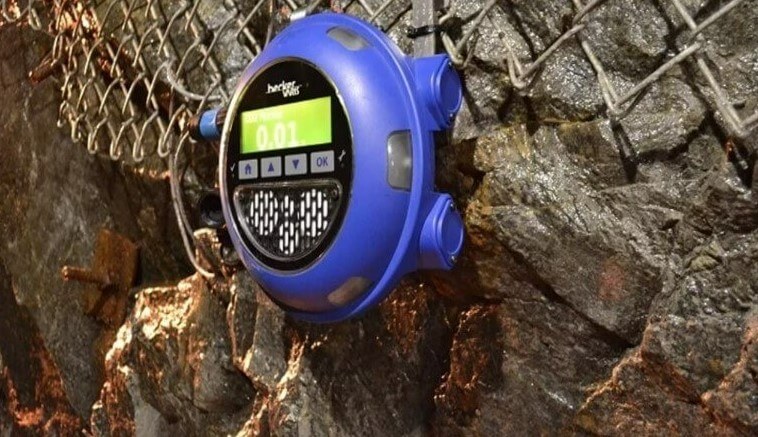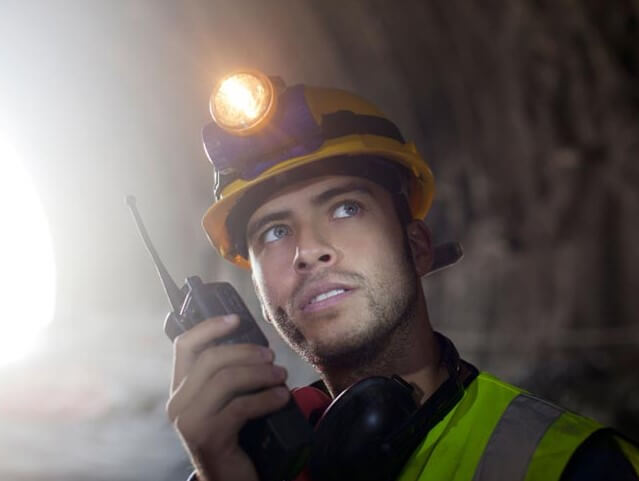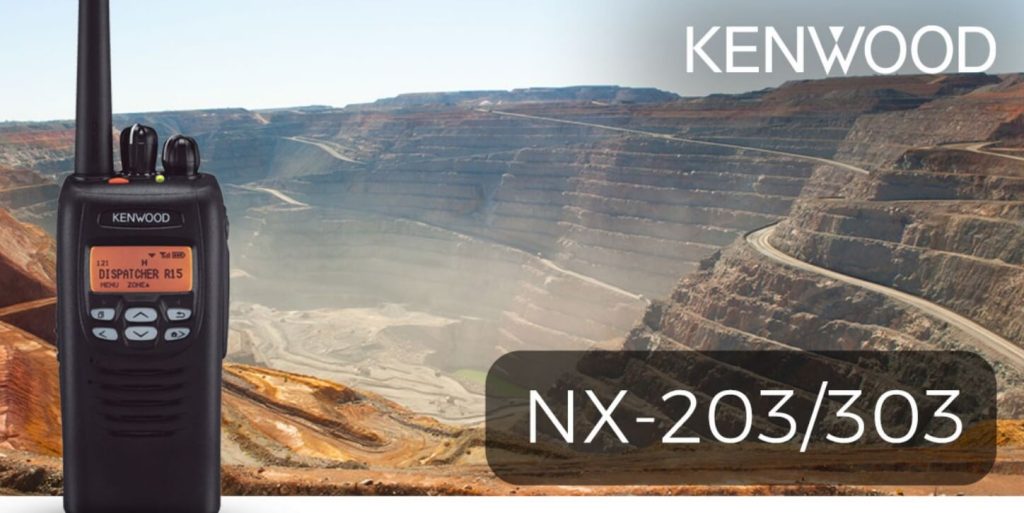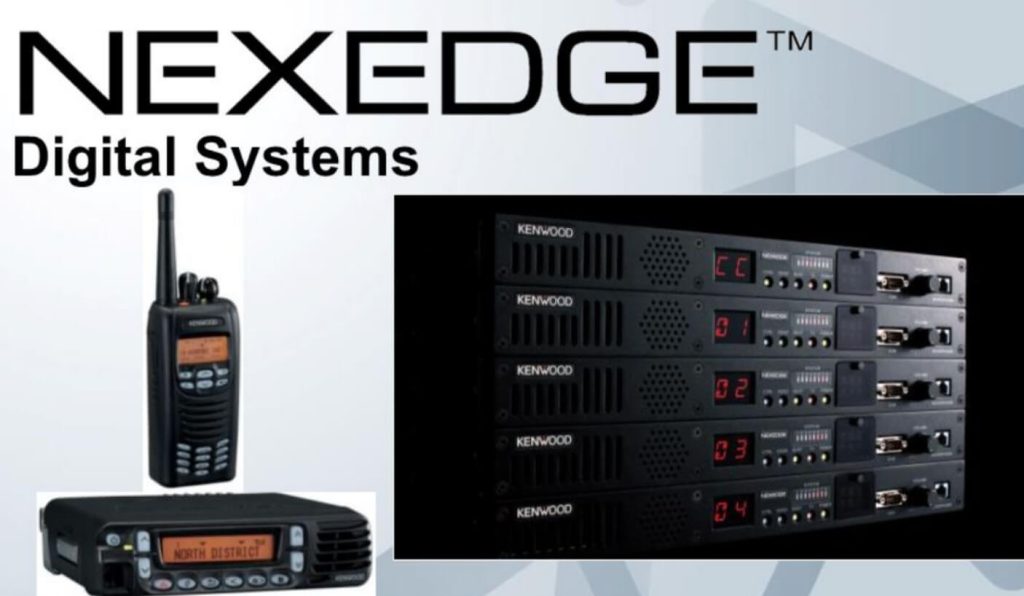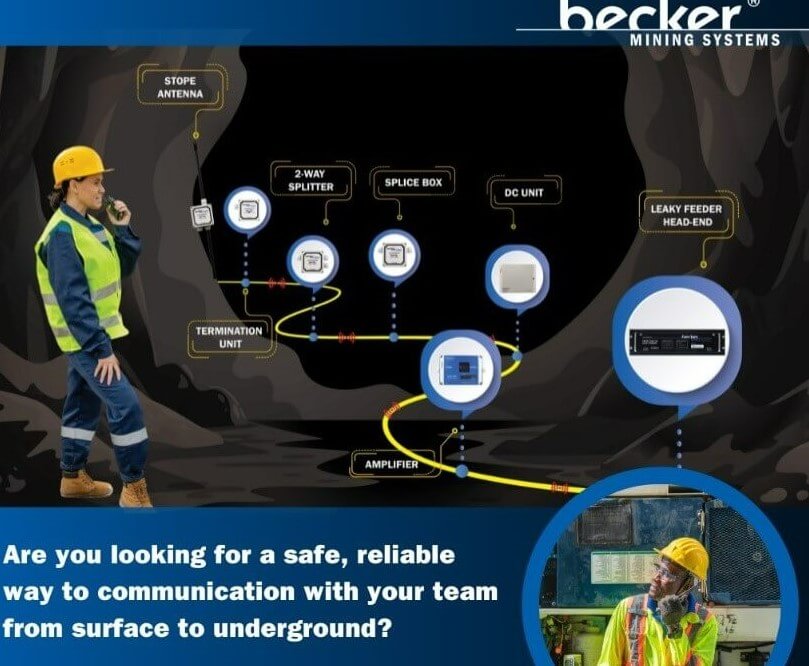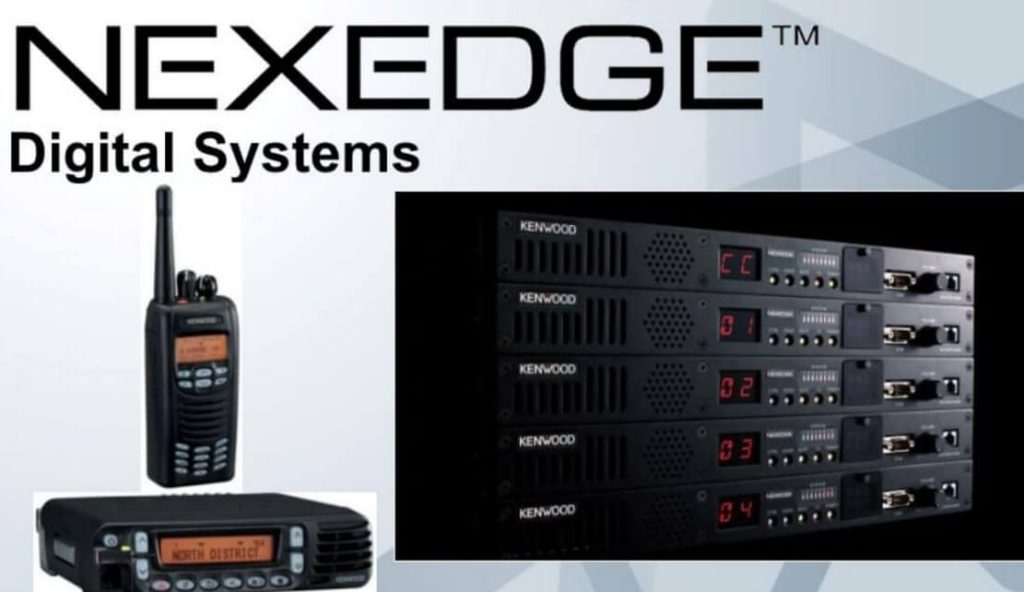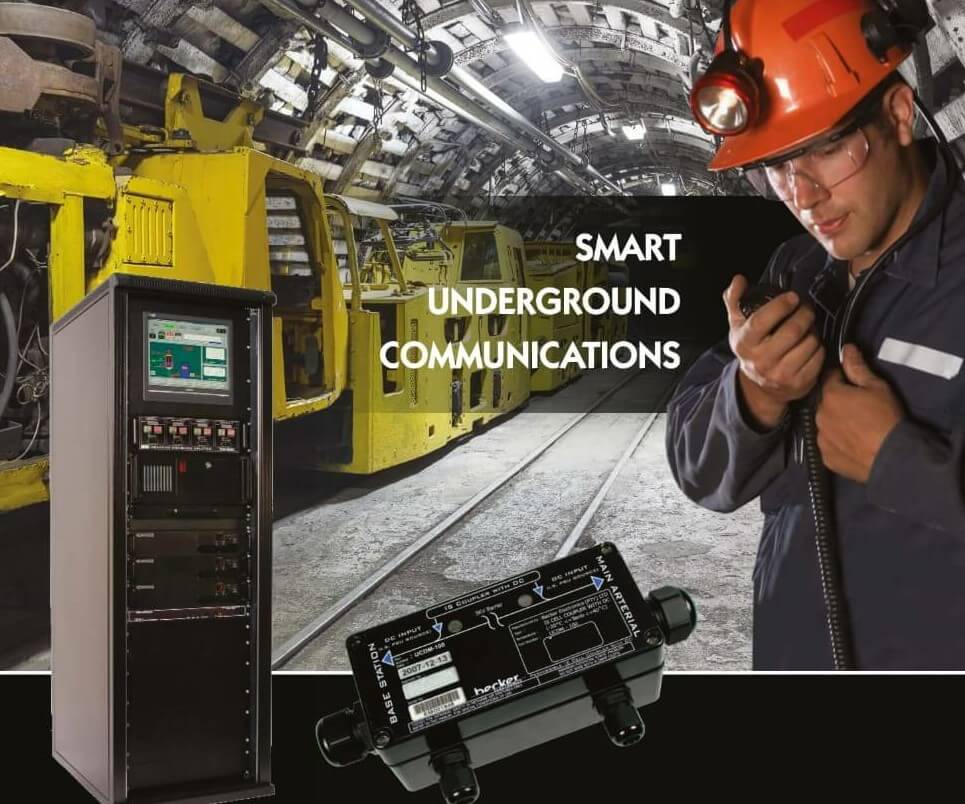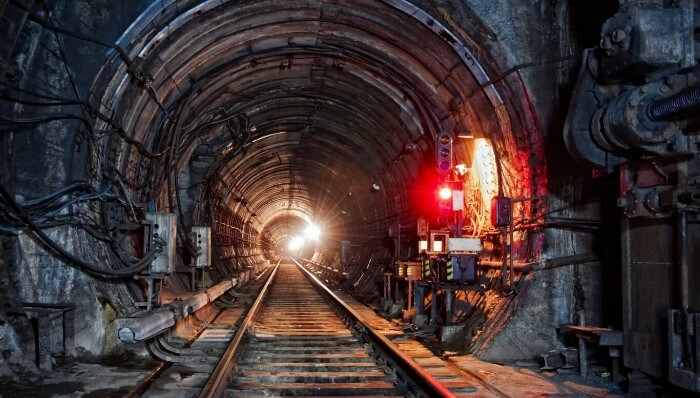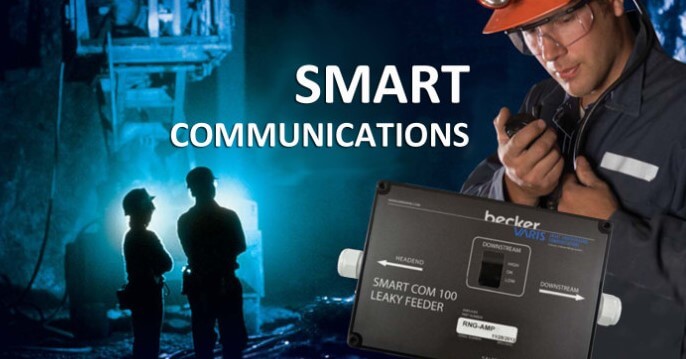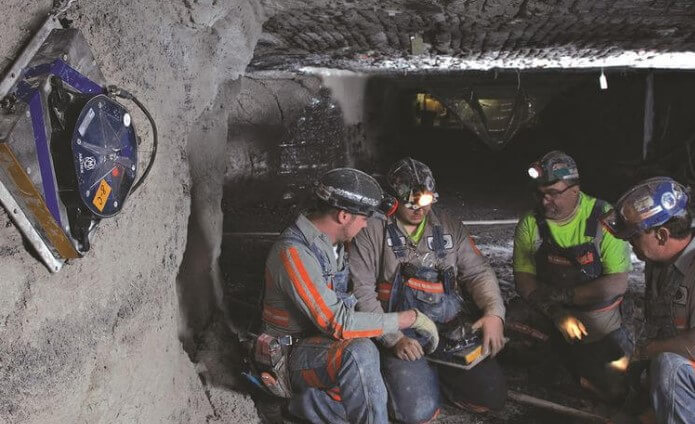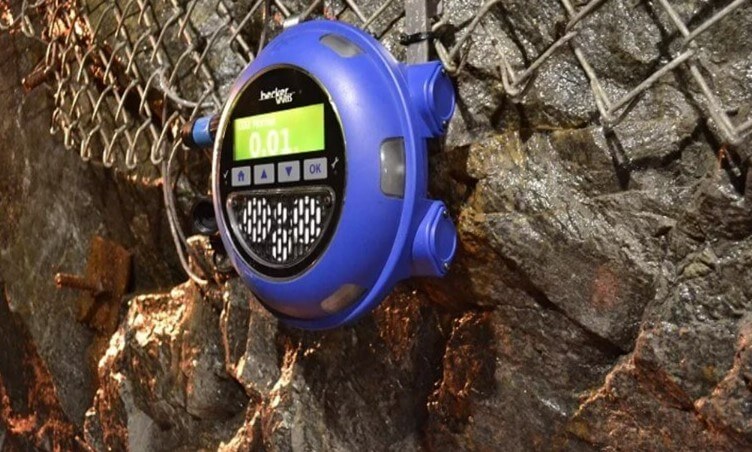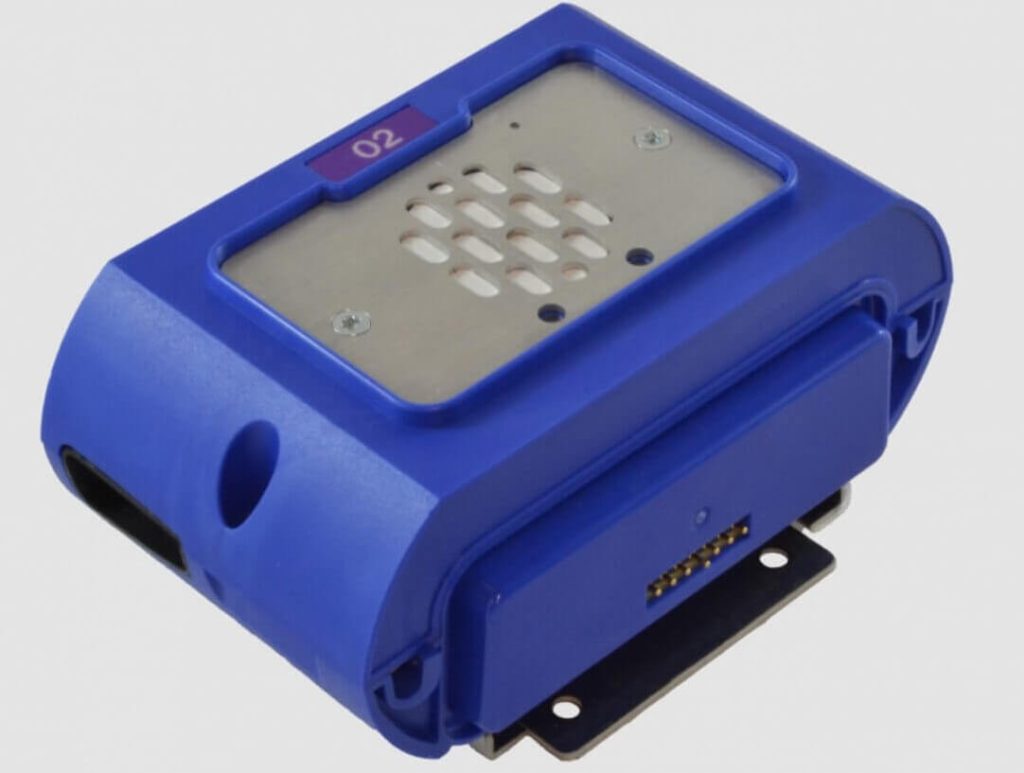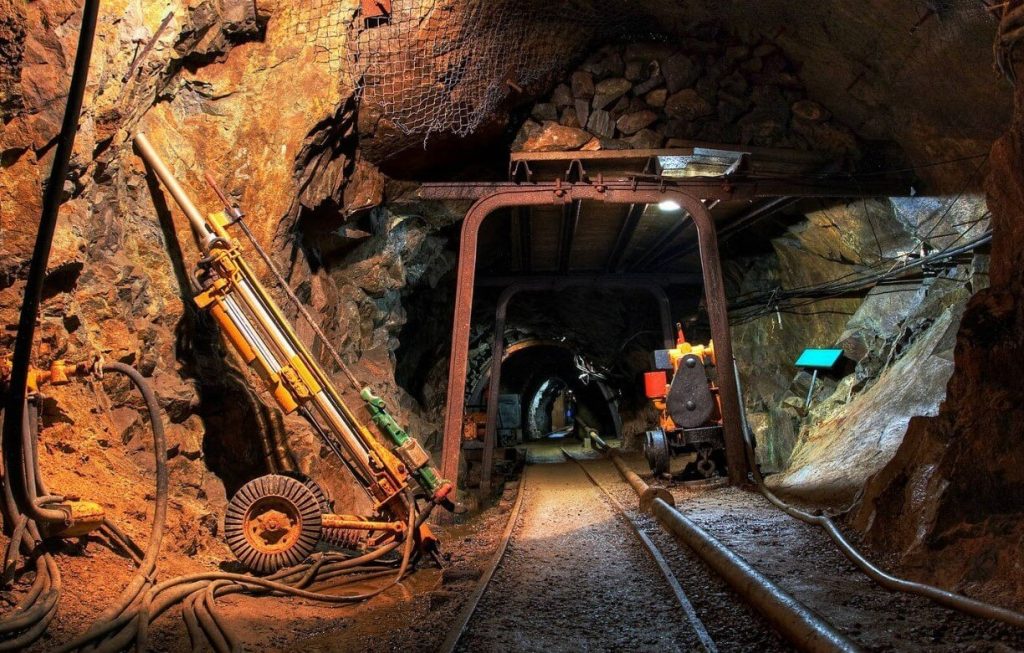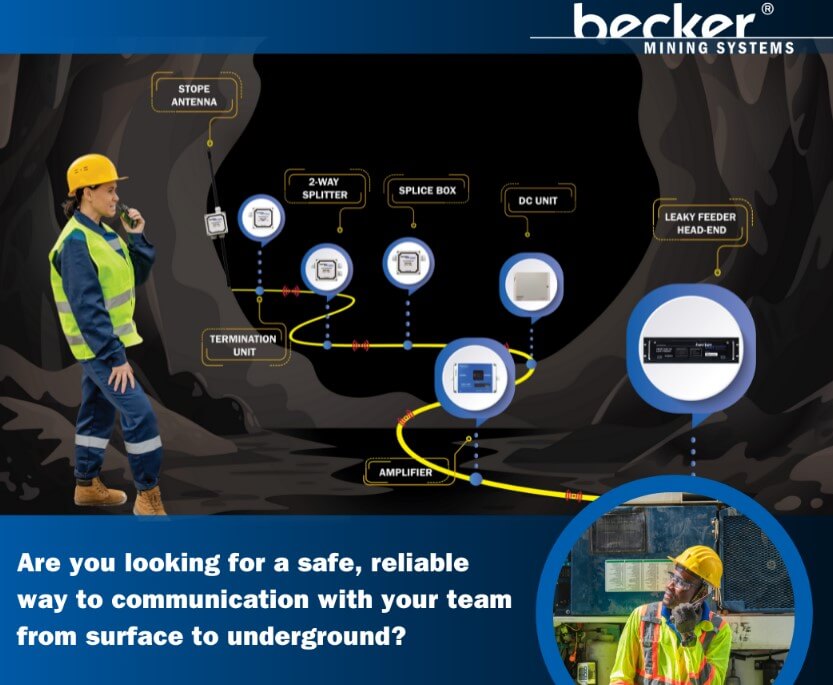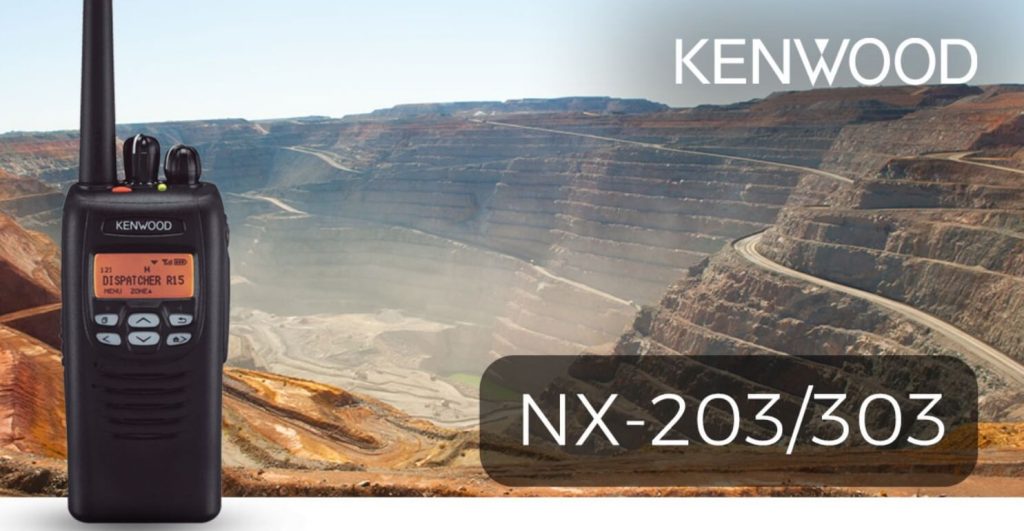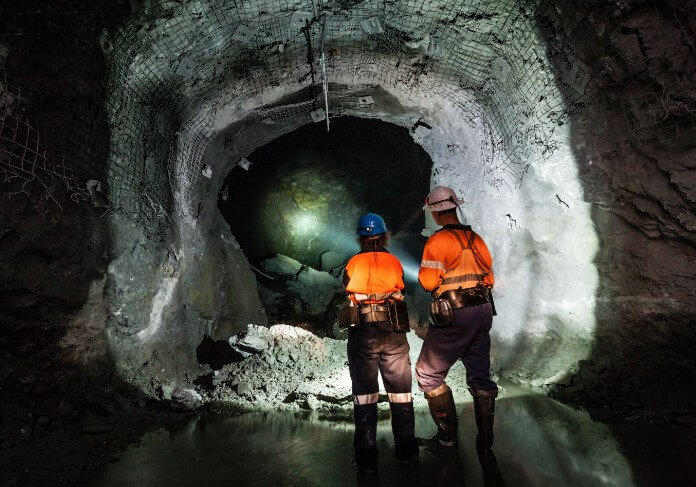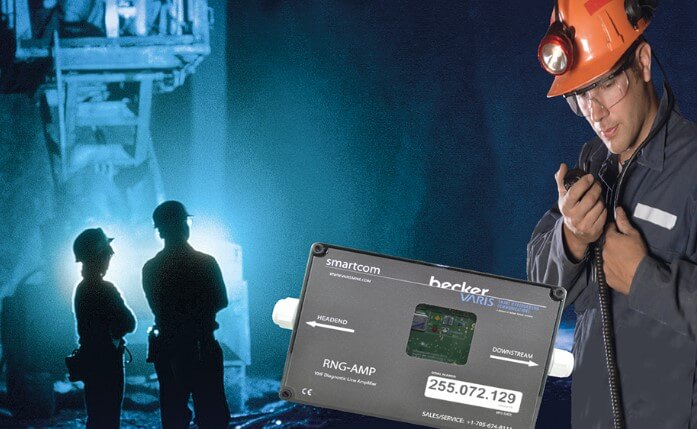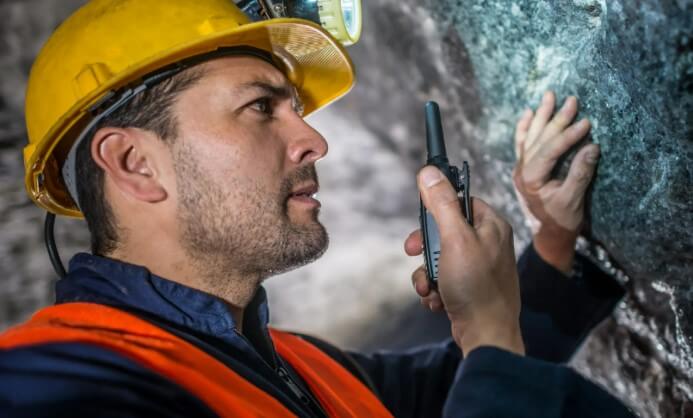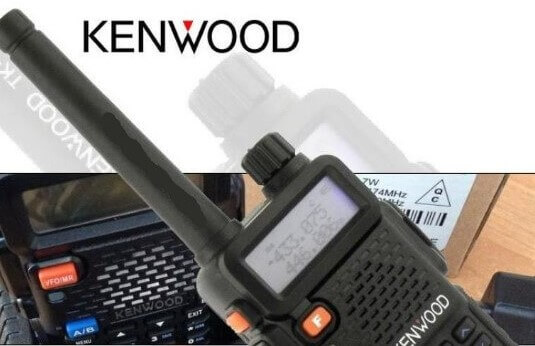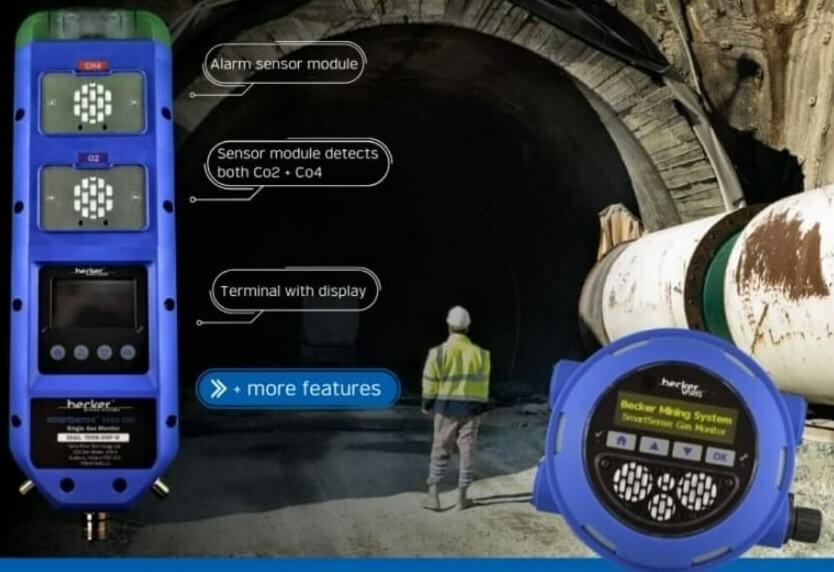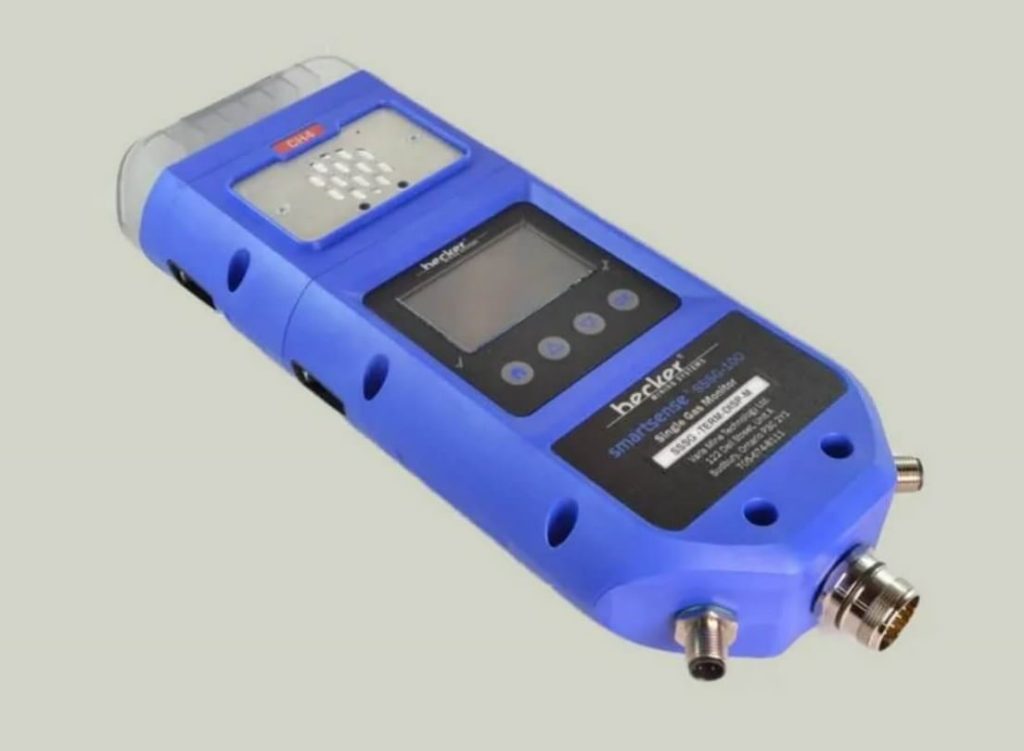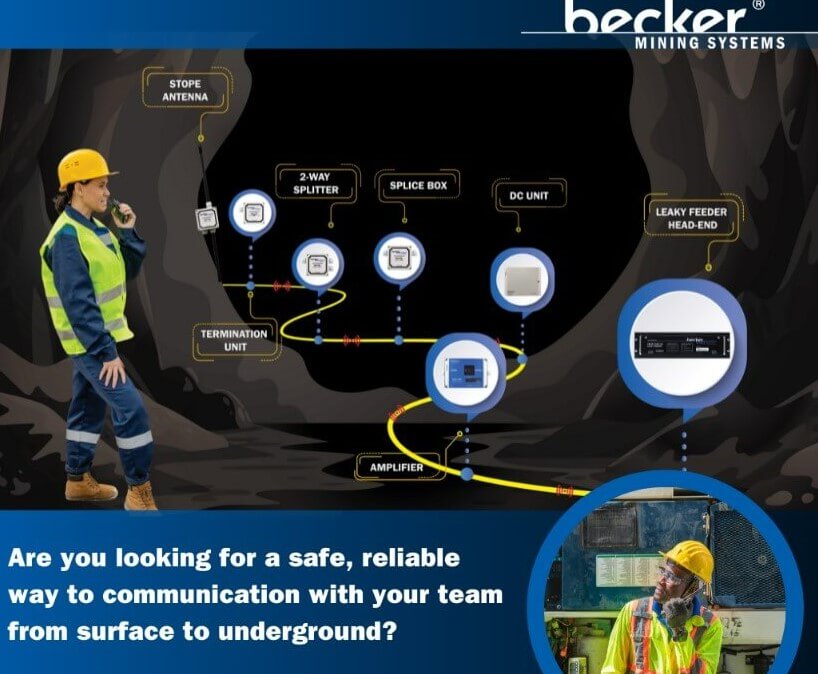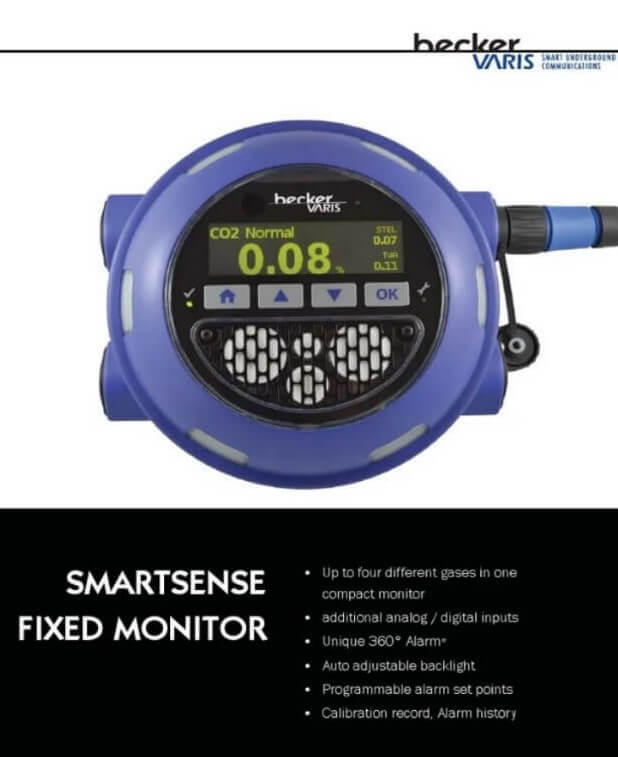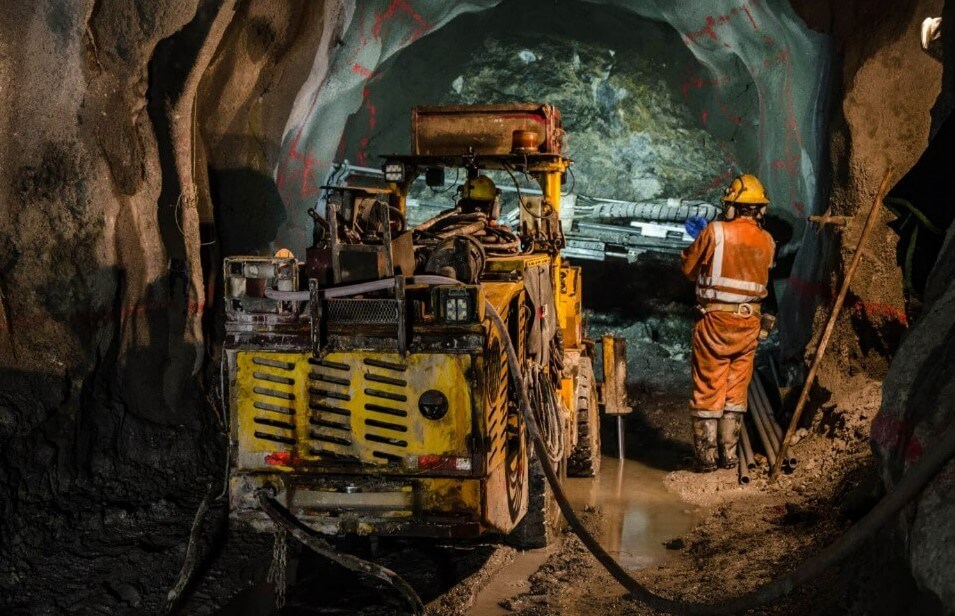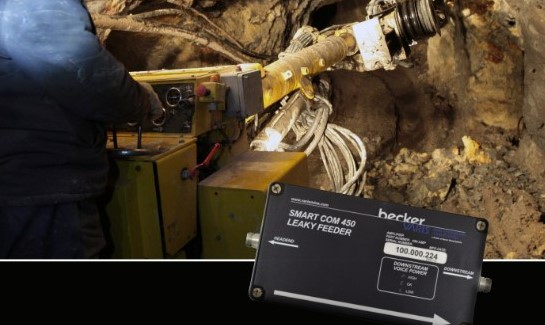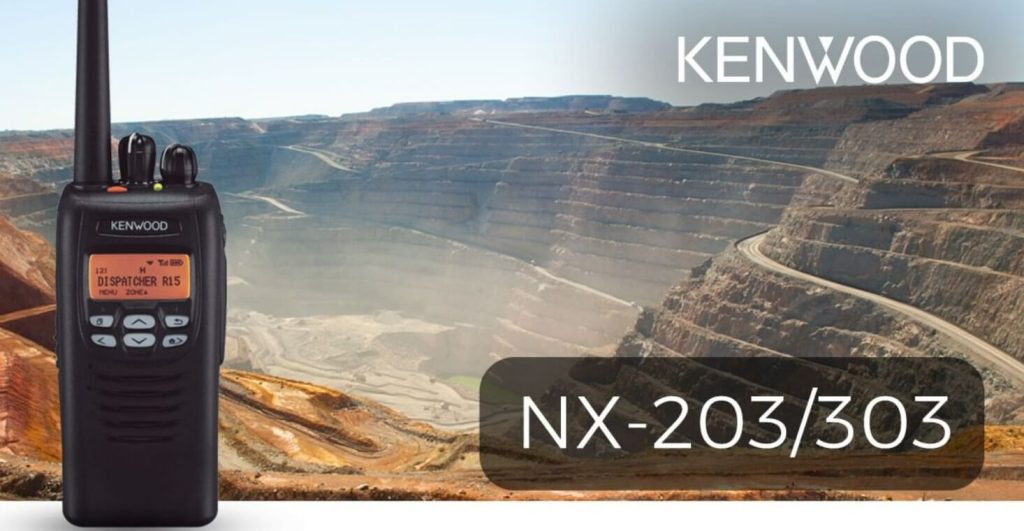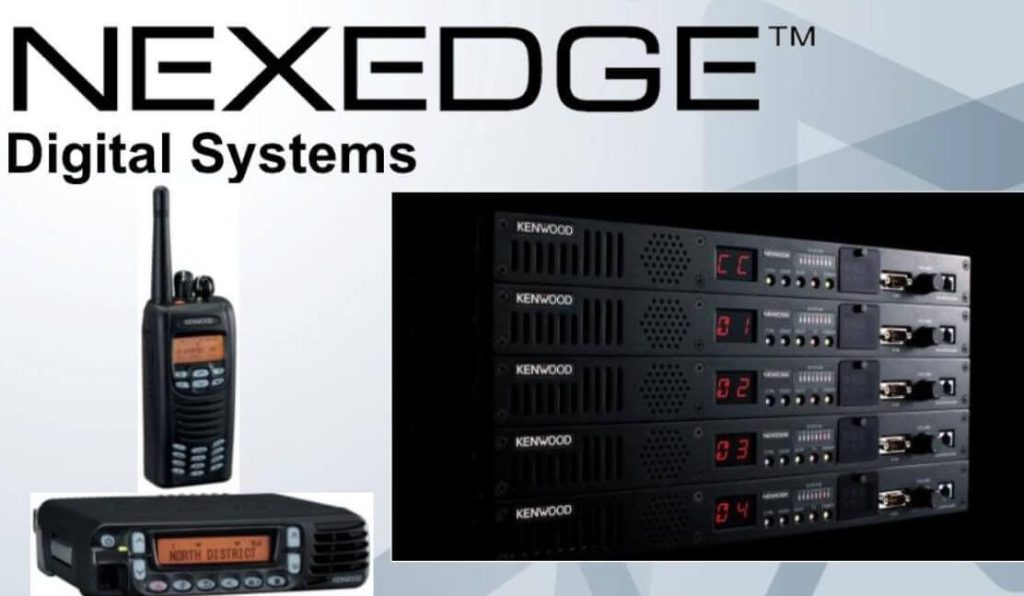Mining operations are critical to many industries, providing essential materials like coal, metals, and minerals. However, these operations come with numerous risks, particularly in underground mining. Among the most dangerous hazards miners face are toxic and explosive gases, which can lead to fatal accidents if not properly managed. To mitigate these risks, modern mining operations heavily rely on advanced gas detection systems. At Becker Wholesale Mine Supply, we understand the importance of safety in mining and have invested in developing innovative gas detectors that can significantly reduce these hazards.
The Importance of Gas Detection in Mining Operations
Mining environments are inherently hazardous due to confined spaces, limited ventilation, and exposure to harmful gases such as methane, carbon monoxide, hydrogen sulfide, and nitrogen dioxide. The accumulation of these gases can lead to several severe outcomes, including explosions, fires, and suffocation. Therefore, accurate and reliable gas detection is crucial in preventing these catastrophic incidents.
Gas detectors are essential tools in modern mining operations because they allow for continuous monitoring of the atmosphere. Early detection of gas levels ensures that miners can be alerted to potential dangers before they escalate into emergencies. Effective gas detection systems save lives, prevent property damage, and ensure regulatory compliance in mining operations.
Types of Gases Found in Mining Operations
Different types of gases are present in mining environments, and each poses unique challenges. Some of the most common dangerous gases in mining operations include:
- Methane (CH4):
Methane is one of the most hazardous gases found in coal mining operations. This colorless and odorless gas is highly flammable and can lead to devastating explosions when it comes into contact with an ignition source. - Carbon Monoxide (CO):
Carbon monoxide is a silent killer in mining operations. It is a byproduct of burning materials like coal, and inhaling it can lead to suffocation due to oxygen deprivation. Long-term exposure to CO can cause severe health problems, and in large concentrations, it can be fatal within minutes. - Hydrogen Sulfide (H2S):
Known for its distinct rotten egg smell, hydrogen sulfide can be highly toxic at higher concentrations. It can quickly incapacitate workers by causing respiratory distress, dizziness, and even death in extreme cases. - Nitrogen Dioxide (NO2):
Nitrogen dioxide is another dangerous gas commonly found in mining operations. It is a byproduct of diesel engines and explosives used in mining. Exposure to high levels of NO2 can lead to severe respiratory issues and lung damage.
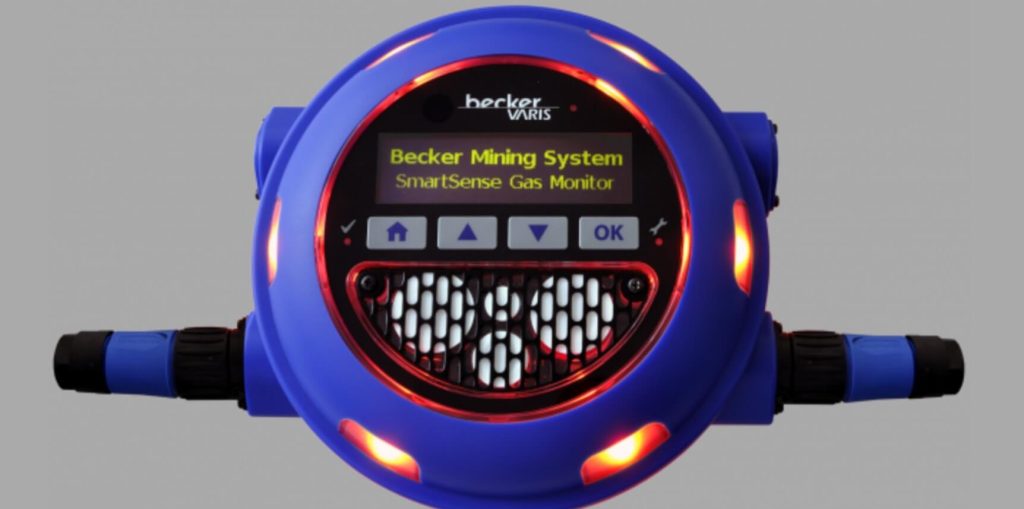
GET IN TOUCH
In a hurry? Call us at +1-724-515-4993
Innovative Gas Detection Solutions in Modern Mining Operations
To address the unique challenges of detecting and managing hazardous gases in mining, Becker Wholesale Mine Supply offers innovative gas detection solutions. These advanced detectors are specifically designed to withstand harsh mining environments while providing accurate and real-time gas level monitoring.
1. Multi-Gas Detectors
Modern mining operations require gas detectors capable of detecting multiple gases simultaneously. Multi-gas detectors are essential in such environments because they can monitor gases like methane, carbon monoxide, hydrogen sulfide, and nitrogen dioxide at the same time. By integrating multiple sensors into one device, multi-gas detectors enhance safety by providing comprehensive monitoring.
At Becker Wholesale Mine Supply, we offer state-of-the-art multi-gas detectors with advanced sensor technologies that ensure rapid response times. These detectors are portable and can be easily carried by miners, providing continuous protection and alerting workers to potential hazards.
2. Fixed Gas Detection Systems
While portable detectors are crucial for individual miners, fixed gas detection systems provide continuous monitoring of gas levels in designated areas of a mine. These systems are permanently installed in critical locations, such as ventilation shafts, tunnels, and explosive-prone zones, where gas levels are most likely to fluctuate.
Our fixed gas detection systems are designed for high durability and reliability, ensuring uninterrupted monitoring even in the most challenging conditions. They come equipped with advanced alarm systems that trigger both visual and audible alerts when gas levels exceed safe limits, allowing for quick evacuation or intervention.
3. Wireless Gas Detection
Wireless technology has revolutionized gas detection in modern mining operations. Traditional wired gas detection systems can be limited by the physical layout of a mine and the extensive cabling required to install them. In contrast, wireless gas detectors offer greater flexibility, as they can be easily deployed in various locations and do not require intricate wiring systems.
Becker Wholesale Mine Supply’s wireless gas detectors use radio frequency technology to transmit real-time gas level data to a central control system. This wireless solution allows for remote monitoring of large mining sites, enhancing safety by enabling immediate action in the event of a gas leak or elevated gas concentration.
4. Real-Time Data Analytics and Remote Monitoring
With advancements in data analytics and cloud technology, modern gas detection systems can now provide real-time data on gas levels, enabling proactive safety measures. Our gas detectors are equipped with advanced analytics that allow mining operations to identify gas concentration trends, predict potential risks, and take preventive actions before a situation escalates.
Remote monitoring systems provide additional layers of safety by enabling control centers located far from the mining site to track gas levels in real time. This capability allows safety personnel to respond quickly to gas leaks or abnormal gas levels, even if they are not physically present at the site.
5. Automated Emergency Response Systems
In mining operations, rapid response to gas leaks or dangerous gas concentrations can be the difference between life and death. Automated emergency response systems integrated with gas detection technology provide immediate alerts and trigger emergency procedures.
At Becker Wholesale Mine Supply, our gas detectors are designed to integrate seamlessly with mine emergency systems. In the event of gas levels surpassing safe thresholds, these systems can automatically initiate evacuation protocols, shut down machinery, and activate ventilation systems to prevent the buildup of toxic or explosive gases.
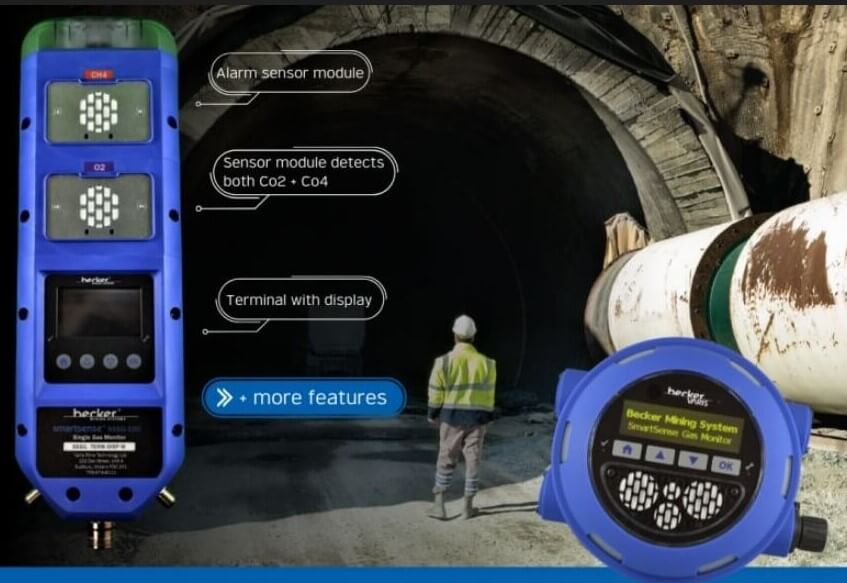
GET IN TOUCH
In a hurry? Call us at +1-724-515-4993
The Role of Training and Maintenance in Gas Detection Systems
While innovative gas detection systems are critical in safeguarding miners, proper training and maintenance are equally essential in ensuring the effectiveness of these devices. Mining operations should invest in regular training programs for miners to ensure they know how to use portable gas detectors and respond to alarms appropriately.
Furthermore, regular calibration and maintenance of gas detectors are vital to ensuring their accuracy and reliability. Becker Wholesale Mine Supply provides comprehensive maintenance services to ensure that our gas detection systems are always functioning optimally. Scheduled calibration checks help detect sensor drift or malfunctions, ensuring the longevity of gas detection equipment.
Regulatory Compliance and Industry Standards
Gas detection in mining operations is heavily regulated by government agencies to ensure worker safety. Adhering to industry standards, such as those set by the Mine Safety and Health Administration (MSHA), is critical to maintaining a safe working environment. Becker Wholesale Mine Supply’s gas detection systems comply with these regulations, ensuring that mining operations can meet safety standards and avoid penalties.
Our innovative gas detectors are designed to exceed these industry standards, offering mining companies peace of mind that their workers are protected, and their operations are in compliance with safety regulations.
Conclusion
In modern mining operations, safety is paramount. Gas detection plays a crucial role in preventing accidents and ensuring the well-being of miners working in hazardous environments. With innovative gas detection solutions from Becker Wholesale Mine Supply, mining companies can stay ahead of potential dangers by utilizing the latest technology in multi-gas detectors, wireless systems, real-time analytics, and automated emergency response systems.
As mining operations continue to evolve, investing in cutting-edge gas detection technology remains a critical component of any safety strategy. By choosing Becker Wholesale Mine Supply’s advanced gas detection solutions, mining companies can protect their workers, enhance operational efficiency, and ensure compliance with safety regulations.
Products That We Offer
- VHF Leaky Feeder System
- UHF Leaky Feeder System
- SMARTSENSE®FIXED MONITOR
- RNG-500VHF Leaky Feeder Cable
- UHF Low Loss Leaky Feeder Cable
- Kenwood NX-203/303 Radios
Take control of your mining communication systems today! With Becker Wholesale Mine Supply, the leading manufacturer in the USA. Contact us now and revolutionize your mining communication systems!
